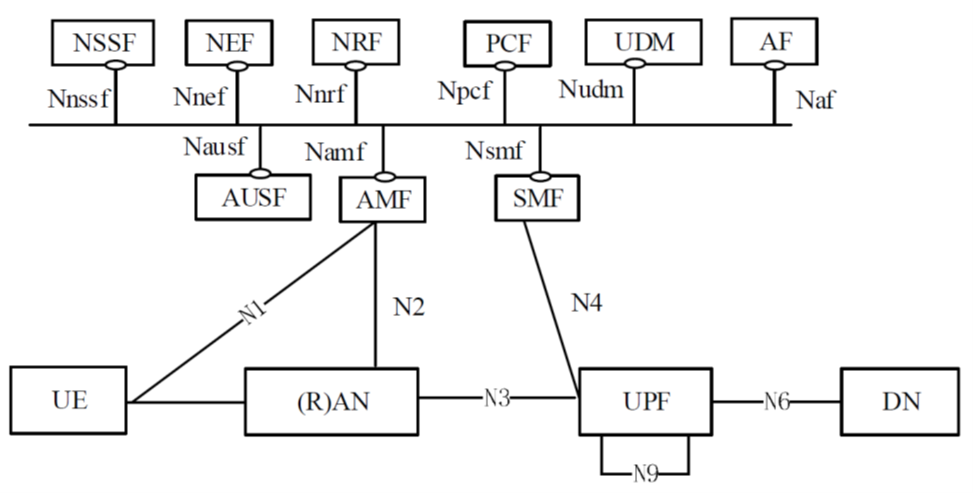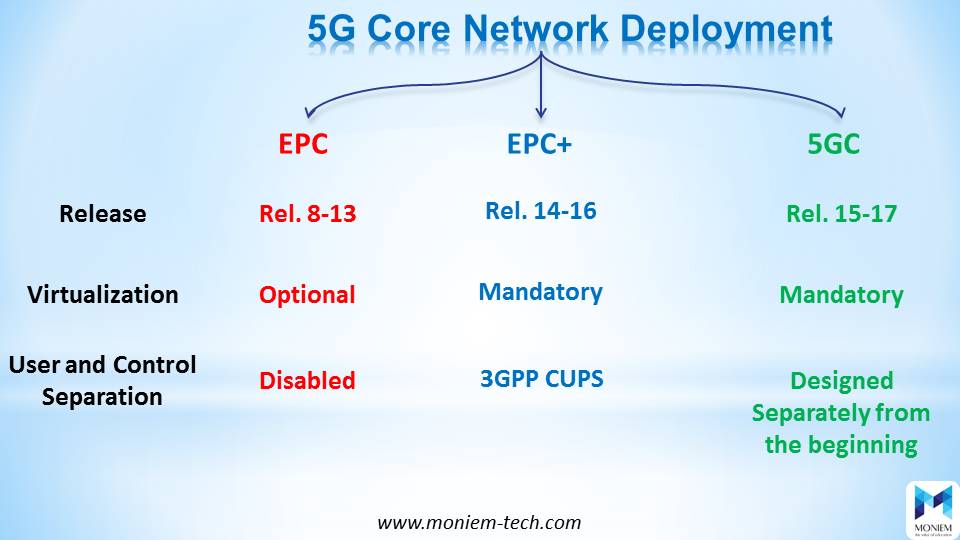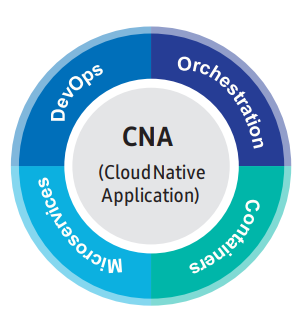If you look at how security was addressed in the 4G core (EPC), you had perimeter devices, whether it’s firewalls, security devices that protect from denial of service attacks, or […]


The 5GC architecture relies on a “Service-Based Architecture” (SBA) framework, where the architecture elements are defined in terms of “Network Functions” (NFs) rather than by “traditional” Network Entities. Via interfaces […]

5G delivers higher data speeds, and lower latency, and supports more users, devices, and services while simultaneously improving network efficiency. As defined by the Third-Generation Partnership Project (3GPP), the 5G […]

The core network is the most important domain in the mobile network starting from 2G and 3G while the MSC and SGSN are the main functions there to EPC or […]

What is Cloud Native? In general, “cloud-native” is an approach to building and running applications that exploit the advantages of the cloud computing model. One key attribute of “cloud-native” is […]
